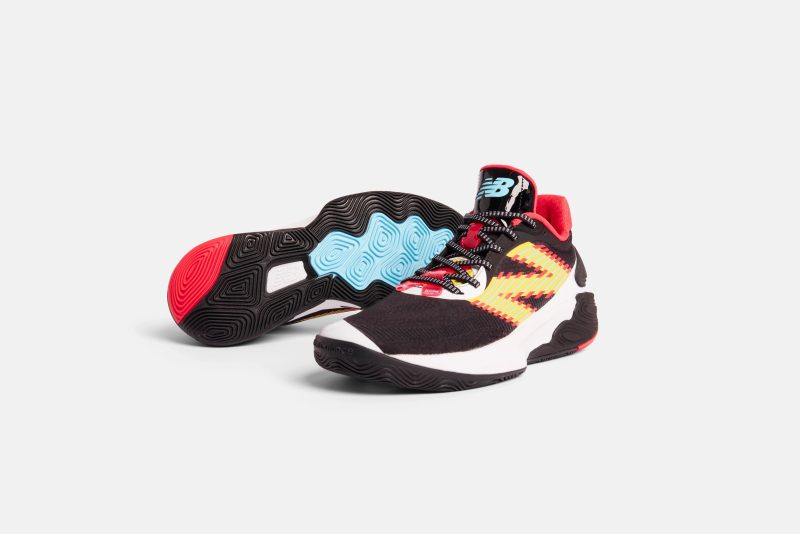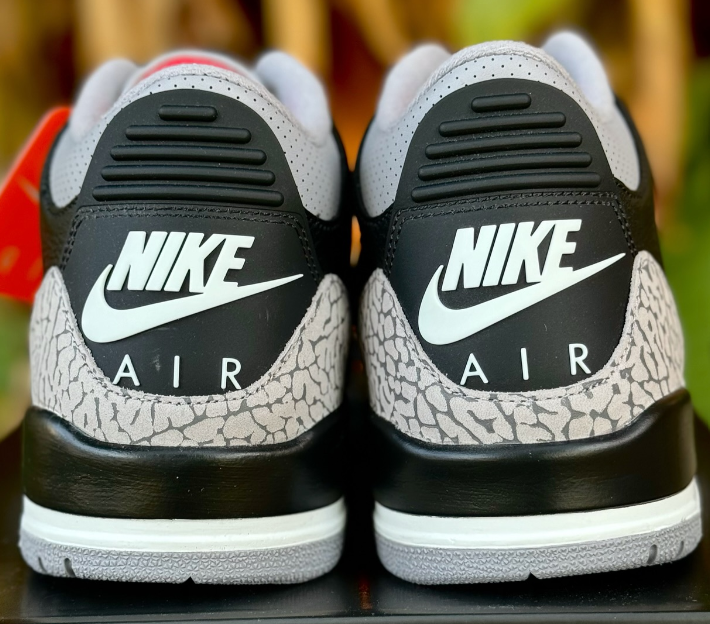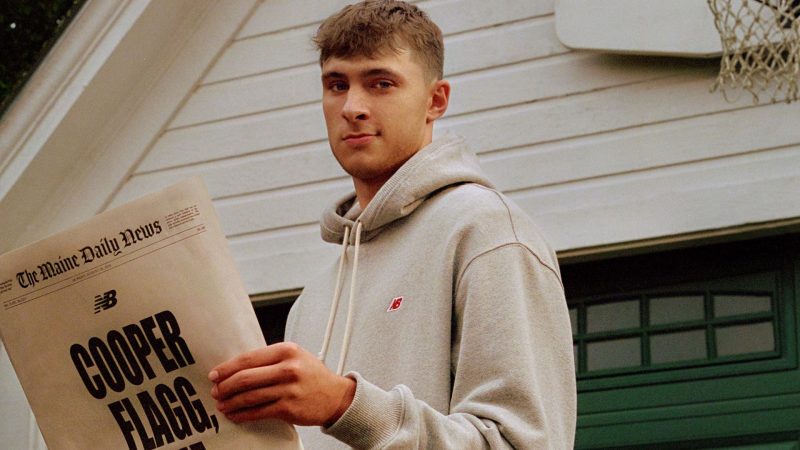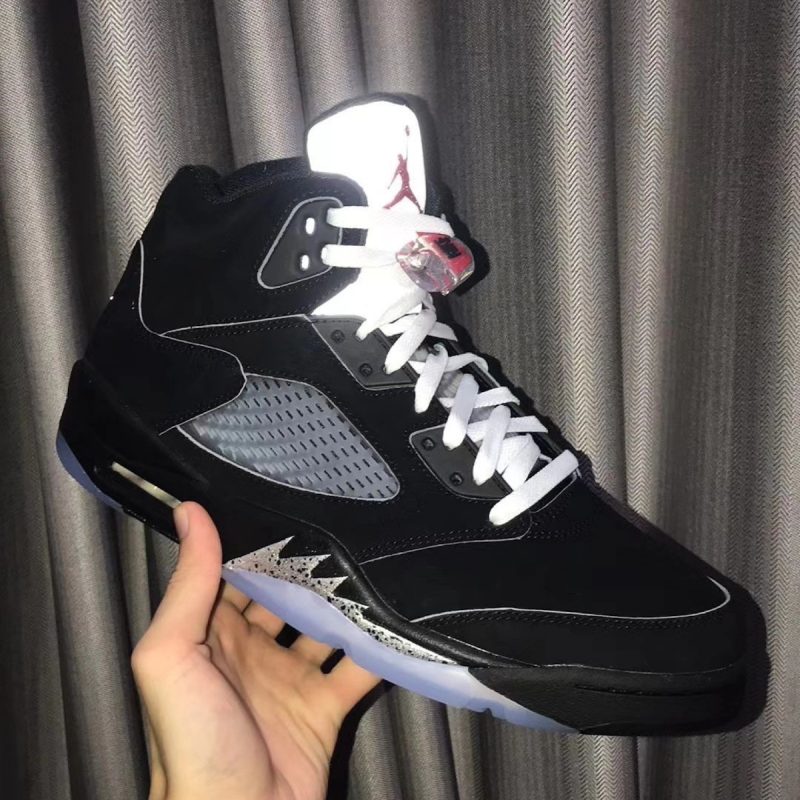- 21,151
- 37
- Joined
- Mar 13, 2004
Originally Posted by Kevin Cleveland
Young does one thing (sort of) well, and Thornton does it better than him.
Every other aspect of basketball... it's not really close.
Young is better on the offensive and defensive ends of the court in comparison to thornton. Other than that, thornton is the better player.








 and
and 




